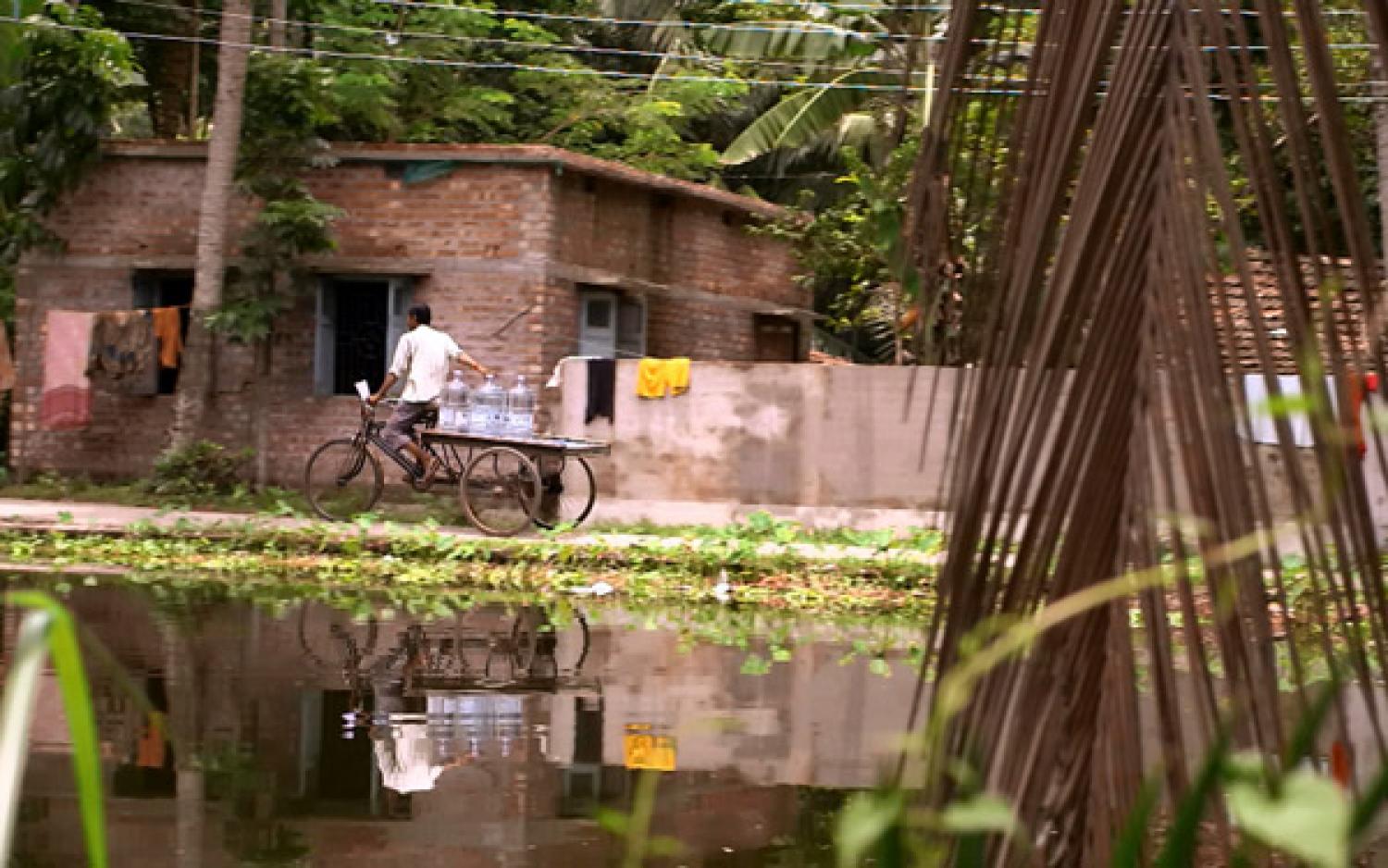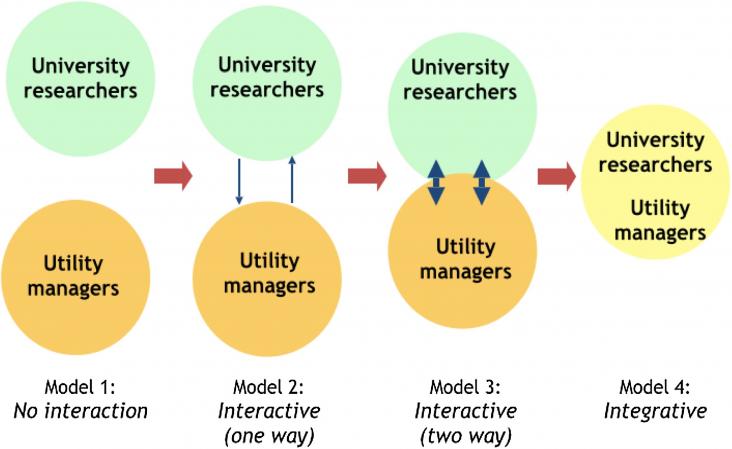
This special issues addresses the water security challenges critical to achieve sustainable cities and therefore advancing SDG 6 clean water and sanitation and SDG 11.
Sustainable Cities and Society, Volume 29, 1 February 2017
The expansion and operation of water supply systems under growing demands, hydrologic variability, and water scarcity requires strategic decisions on supply sources for reducing and improving reliability and flexibility. The design and operation of such supply portfolio merits decisions of what and when to expand, and how much of each source to use considering interest rates, economies of scale and hydrologic variability.
Sustainable Cities and Society, Volume 28, 1 January 2017
Disasters impacts on urban environment are the result of interactions among natural and human systems, which are intimately linked each other. What is more, cities are directly dependent on infrastructures providing essential services (Lifeline Systems, LS). The operation of LS in ordinary conditions as well as after disasters is crucial. Among the LS, drinking water supply deserves a critical role for citizens. The present work summarizes some preliminary activities related to an ongoing EU funded research project.
Sustainable Cities and Society, Volume 28, 1 January 2017
The sustainability of water resources depends on the dynamic interactions among the environmental, technological, and social characteristics of the water system and local population. These interactions can cause supply-demand imbalances at diverse temporal scales, and the response of consumers to water use regulations impacts future water availability. This research develops a dynamic modeling approach to simulate supply-demand dynamics using an agent-based modeling framework that couple models of consumers and utility managers with water system models.
Sustainable Cities and Society, Volume 28, 1 January 2017
This paper discusses the CO2 footprint of California's drought during 2012–2014. We show that California drought significantly increased CO2 emissions of the energy sector by around 22 million metric tons, indicating 33% increase in the annual CO2 emissions compared to pre-drought conditions. We argue that CO2 emission of climate extremes deserve more attention, because their cumulative impacts on CO2 emissions are staggering. Most countries, including the United States, do not have a comprehensive a nationwide energy-water plan to minimize their CO2 emissions.
Sustainable Cities and Society, Volume 27, 1 November 2016
Combined Sewer Overflow (CSO) infrastructure are conventionally designed based on historical climate data. Yet, variability in rainfall intensities and patterns caused by climate change have a significant impact on the performance of an urban drainage system. Although rainwater harvesting (RWH) is a potential solution to manage stormwater in urban areas, its benefits in mitigating the climate change impacts on combined sewer networks have not been assessed yet.
Sustainable Cities and Society, Volume 27, 1 November 2016
Increases in water treatment technology have made water recycling a viable engineering solution to water supply limitations. In spite of this, such water recycling schemes have often been halted by lack of public acceptance. Previous studies have captured the public's attitudes regarding planned reuse schemes, but here we focus on unplanned reuse (i.e. de facto reuse), present in many cities across the U.S.
Sustainable Cities and Society, Volume 27, 1 November 2016
The study of resilience in the face of large physical and climatic change has emerged as an important area of research. But while the physical variables under study are easily identified, the notion of resilience itself remains nebulous. In recent years, it has been taken to mean both mitigation and adaptation, concepts that are often used in interchangeably or in conjunction (sometimes hyphenated as “adaptation-mitigation”).
Sustainable Cities and Society, Volume 27, 1 November 2016
Shortages of freshwater have become a serious issue in many regions around the world, partly due to rapid urbanisation and climate change. Sustainable city development should consider minimising water use by people living in cities and urban areas. The purpose of this paper is to improve our understanding of water-use behaviour and to reliably predict water use. We collected appropriate data of daily water use, meteorological parameters, and socioeconomic factors for the City of Brossard in Quebec, Canada, and analysed these data using multiple regression techniques.
Sustainable Cities and Society, Volume 27, 1 November 2016
This paper uses ‘Medieval’ drought conditions from the 12th Century to simulate the implications of severe and persistent drought for the future of water resource management in metropolitan Phoenix, one of the largest and fastest growing urban areas in the southwestern USA. WaterSim 5, an anticipatory water policy and planning model, was used to explore groundwater sustainability outcomes for mega-drought conditions across a range of policies, including population growth management, water conservation, water banking, direct reuse of RO reclaimed water, and water augmentation.
Sustainable Cities and Society, Volume 27, 1 November 2016
Water harvesting is an ancient practice that has been used, mainly in dry environments, to increase efficiency of water collection and use by directing water from a large natural watershed or man-made collection surface into a small basin where the water can be stored in underground reservoirs or to be used directly for irrigation or domestic uses. In modern era water harvesting has been neglected, particularly at the developed countries, due to the technological achievements in the fields of water production and transport.
Sustainable Cities and Society, Volume 27, 1 November 2016
Water reuse networks have been emerging globally for the last 50 years. This article reviews the economic, social and environmental issues related to implementing water reuse networks in cities. This is reflecting the fact that globally many cities are categorised as water scarce areas, where there is growing imbalance between water demand and availability. In this sense, there is a need for sustainable water supply solutions in the imminent future to provide and maintain service reliability, particularly in the face of climate change.

